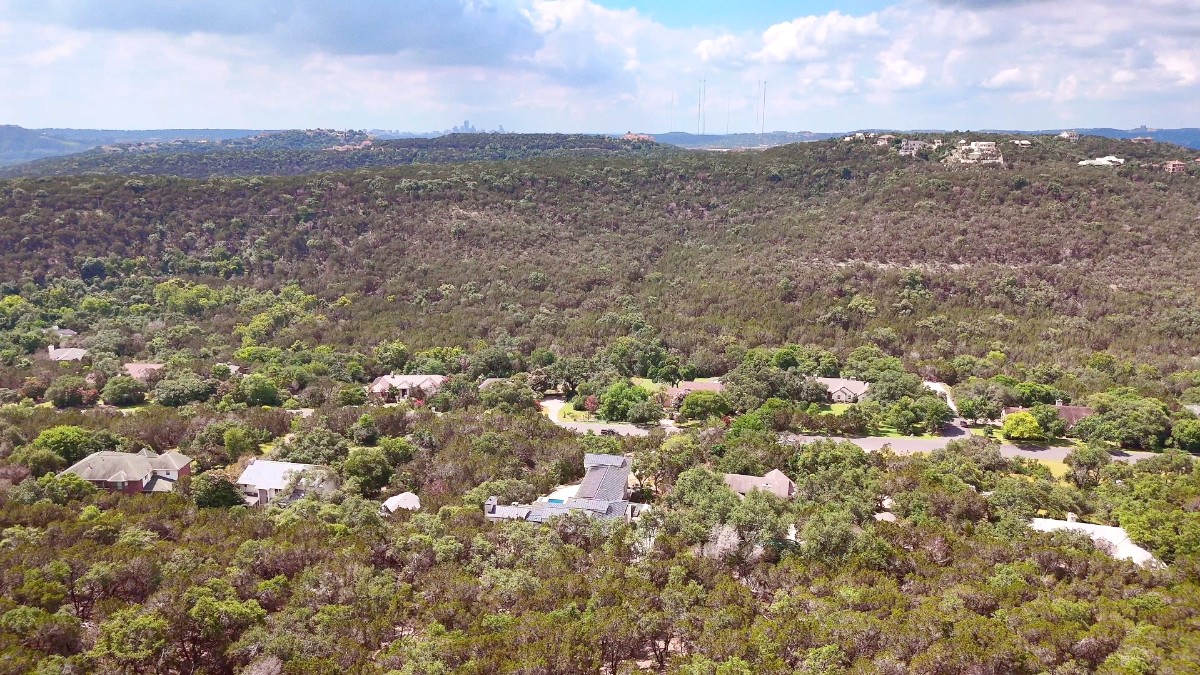
Texas, USA
The Hill Country beckons you to slow down, explore, and connect with a part of Texas that feels both classic and continually renewed. Discover its unique blend of German legacy, cowboy grit, and modern artistry.
The history of the Texas Hill Country is as layered as its limestone hills. For thousands of years, Native American tribes, including the Tonkawa, Comanche, and Apache, lived and hunted in the area, drawn by its abundant water and game. Evidence of their presence, like arrowheads and rock shelters, remains throughout the region.
The mid-19th century saw a wave of German and Czech immigration. These settlers established towns like Fredericksburg, New Braunfels, and Boerne, infusing the region with distinct cultural practices, music, food, and architecture. This German heritage remains a strong, visible thread in the Hill Country's identity today, evident in festivals, bakeries, and place names.
Spring (March-May) often is the most pleasant time to experience the Hill Country, with daytime highs ranging from the low 70s°F to mid-80s°F. Fall (September-November) also provides comfortable weather, cooling from the low 90s°F to low 70s°F. Summers (June-August) bring intense heat, regularly reaching mid-90s°F or higher, focusing activities on water. Winters (December-February) are cooler and quieter, with daytime highs around 50s-60s°F.
Spring (March-May) features peak wildflower blooms and numerous festivals. Fall (September-November) matches pleasant temperatures with wine harvest events. Both seasons bring higher accommodation prices and larger crowds.
Summers exceed 100°F. Stay hydrated and avoid midday sun.
Topography causes rapid runoff. Never drive through flooded roads. Turn around, don't drown.
Dry conditions raise risk. Check local fire bans before outdoor cooking.
Less common, but possible in spring. Stay informed of local forecasts.
High pollen counts, especially "Cedar Fever" in winter/spring.
For wildflower viewing, late March to April showcases iconic Texas Bluebonnets. River activities like tubing and swimming are best from late May to early September. Wine tasting is enjoyable year-round, with spring and fall offering pleasant weather for vineyard tours. Hiking and cycling are ideal in spring and fall due to comfortable temperatures. Festivals and events typically occur in spring and fall; check local town calendars.
Travelers to the Texas Hill Country meet standard United States entry criteria. These rules apply uniformly across the U.S. And are not specific to Texas. Most international visitors need a B-2 (tourist) visa unless they qualify for the Visa Waiver Program (VWP). U.S. Citizens only need valid government-issued identification for domestic travel.
Citizens of certain countries (including most of Western Europe, Australia, New Zealand, Japan, and South Korea) may enter the U.S. for tourism or business for up to 90 days without a visa. VWP travelers acquire an approved Electronic System for Travel Authorization (ESTA) online prior to travel. Acquire an ESTA well in advance of your journey. Those not qualifying for VWP apply for a B-2 visa through a U.S. Embassy or consulate.
No specific health-related entry requirements apply for the Texas Hill Country beyond standard U.S. Entry regulations. Travelers consult their healthcare provider for routine vaccinations.
Costs vary significantly based on your travel style. The official currency is the United States Dollar (USD). ATMs are widely available. Major credit cards are universally accepted. Notifying your bank of travel plans aids smooth transactions.
Currency exchange services are limited outside major airports in cities like Austin or San Antonio. Acquiring a small amount of currency prior to arrival or relying on ATM withdrawals and credit card payments is advisable.
Daily Costs: $80 - $150 USD. Consider hostels, basic motels, camping. Meals from fast food, food trucks, or groceries. Minimal ride-sharing; rely on walking/cycling. Focus on free activities.
Daily Costs: $150 - $350 USD. Mid-range hotels, B&Bs, or comfortable vacation rentals. Enjoy sit-down restaurants. A rental car and moderate ride-sharing. Visit multiple paid attractions and some wine tastings.
Daily Costs: $350+ USD. Boutique hotels, high-end resorts, premium rentals. Fine dining and gourmet meals. Premium rental car, private transfers, and higher-end guided tours. Exclusive excursions and spa treatments.
Tipping is standard practice in the U.S. And represents a significant portion of income for many service workers.
A quick overview of characteristics for your journey.
Fredericksburg, New Braunfels, Wimberley, Boerne, Dripping Springs, Johnson City, Kerrville, San Marcos.
Subtropical. Hot summers, mild winters. A blend of Texan, German, and Czech heritage. Known for hospitality.
Tourism, agriculture (peaches, pecans, wine grapes), ranching. Activities include wine tasting, hiking, river tubing, fishing, historical site visits.
No specific vaccinations apply for Hill Country entry beyond standard childhood immunizations. Consult your healthcare provider.
Major towns have modern hospitals and urgent care centers. Pharmacies are widely available. Dial 911 for emergencies.
Tap water is generally safe to drink. The U.S. Upholds high food safety standards.